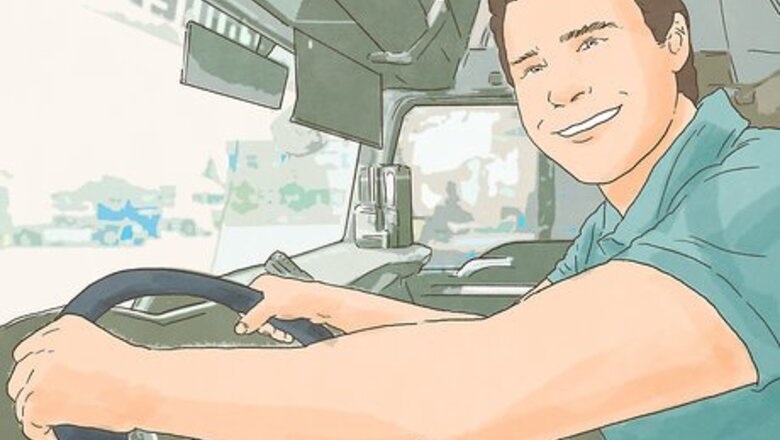
views
X
Research source
Determining Your Driving Requirements
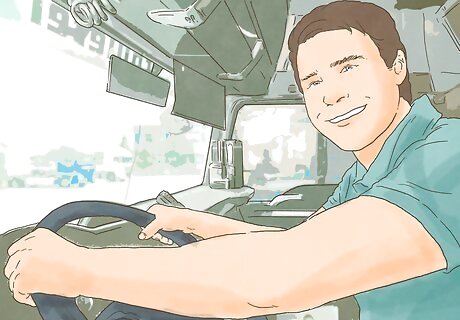
Meet the requirements for a New York CDL. You must be at least 18 years of age, a resident of New York State, legally present in the United States, have a valid DOT medical certificate, and possess a valid driver's license in New York State (Class D or Class E), or from another U.S. state (including territories and the District of Columbia). You must be at least 21 years of age to operate a commercial vehicle outside New York State (interstate commerce) or for a Hazmat and School Bus endorsement. If you are a new resident of New York State with a valid CDL from another state, you must exchange your license. You do not need to take the tests you already passed in your former state except Hazardous Materials. While you can take the knowledge tests in any language, you must be able to speak and read English for the road test as you will be tested on your ability to read signs directed at commercial vehicles. If you do not have a DOT medical certificate, click here to find a qualified examiner near you. The fee is determined by the provider. While cannabis is allowed under the laws of New York State, commercial vehicles are regulated at the federal level where cannabis remains illegal regardless if it's for medical use.
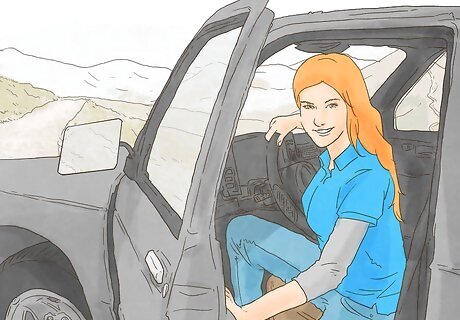
Decide what class you want. When you visit the DMV, you will need to decide which class of commercial driver's license (CDL) you are applying for a commercial learner's permit (CLP) that will permit you to practice driving with an instructor who is at least 21 years old and properly licensed to operate the vehicle you will be driving. To drive combination vehicles with a combined weight of more than 26,000 pounds, and the towed vehicle weighs more than 10,000 pounds, you will need Class A. To drive both single vehicles and combination vehicles with a GVWR or combined weight of more than 26,000 pounds, and for combination vehicles, the towed vehicle weighs 10,000 pounds or less, you will need Class B. To drive both single vehicles and combination vehicles with a GVWR or combined weight of 26,000 pounds or less with seating for more than 15 passengers or placarded for Hazardous Materials, you will need Class C.If you want to drive a bus, you will need the passenger endorsement and pass the skills test in a bus. If you want to be hired as a school bus driver, you will need to obtain two endorsements (passenger and school bus) and pass the skills test in a school bus.

Determine whether you will be driving interstate or intrastate. Federal regulations require you certify your intentions of driving a commercial motor vehicle in interstate or intrastate commerce, with the latter being more restrictive. Younger drivers can only operate commercial vehicles within New York until they turn 21 years old. Interstate commerce means you will drive a commercial motor vehicle in any state including New York or into a foreign country or transport cargo that began or will end its journey in another state or foreign country. Intrastate commerce means you will drive a commercial motor vehicle only in New York.

Determine whether you apply as Excepted or Non-Excepted. Non-Excepted drivers are required to renew their health certificate every two years by passing a physical. Excepted drivers do not need a health certificate, but the opportunities are much more limited. Excepted commerce is generally limited to the transport of people and farm goods, such as farm machinery, supplies, and crops. Visit the DMV website here for a complete list. Non-Excepted commerce categories include all other driving purposes than the ones listed under the Excepted category. If you drive for both Excepted and Non-Excepted activities, you must select Non-Excepted.
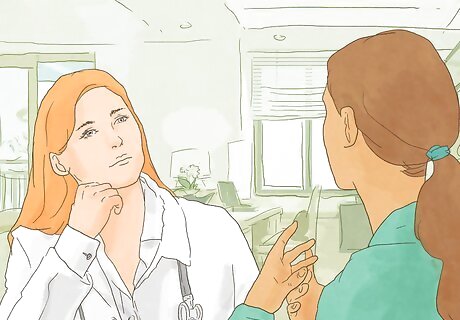
Ensure you qualify for medical certification. Federal regulations require all CDL holders who operate under the non-excepted commerce category to have a Medical Examiner’s Certificate. and renew it every two years. People with certain medical conditions may have to renew annually. Talk with your physician to help you determine whether your health status is acceptable for a CDL. There are certain restrictions placed on commercial drivers. You will need to disclose certain medical conditions, including: Seizures or epilepsy Eye disorders or diseases (but not glasses or contact lenses) Heart disease or heart attack Lung, kidney, liver, or muscular disease Fainting, dizziness, or loss of consciousness Sleep disorders (e.g., narcolepsy) Stroke or paralysis Missing limbs Alcohol, narcotic, or habit-forming drug use If you take medications, you must disclose this information to the medical examiner. Some medications may prevent you from driving a commercial vehicle unless your prescribing doctor writes a letter to the medical examiner clearing you. The medical examiner does not have to take your doctor's advice. If you do not renew a certificate when it's due, the state will suspend your CDL privileges until you submit the new certificate within 55 days before they downgrade your CDL to a regular (Class D) driver's license. You cannot legally drive a commercial vehicle while your CDL is suspended (you can get arrested).
Preparing to Get Your CDL

Study the CDL manual. The manual can be obtained free at an office or viewed online. Click here for a list of DMV Call Center numbers to request a manual. The manual contains all of the information you need to pass the tests. You may also opt for practice tests but many questions on the actual test use a different wording. You must answer at least 80 percent of the questions correctly to pass all of the tests. The DMV frequently changes test questions to ensure that people have read and understood the driver's manual. While practice tests can be helpful, the DMV may include new or reworded questions on the actual test that was not on the practice tests.
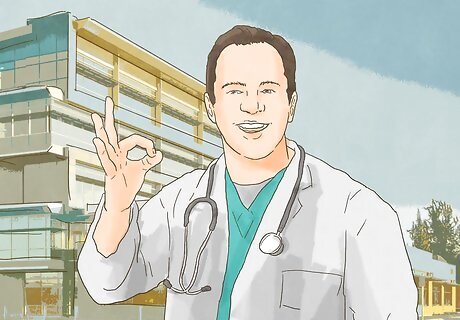
Obtain a Medical Examiner’s Certificate. You must have a registered Medical Examiner certify your vision, hearing, blood pressure, and general physical condition before you can apply for a CDL or learner permit. Your healthcare provider may be on this registry, but you should double-check before scheduling a physical examination to make sure that your provider has a National Registry number. The New York DMV will reject certificates that don’t have a National Registry number. Beginning on May 21, 2014, all USDOT Medical Examiner’s Certificates must be provided by an examiner on the National Registry of Certified Medical Examiners. You can find that registry here. Check with your employer. Some employers may cover the fee associated with getting this certificate.

Know what documents you need. You must bring several items with you to the DMV as proof of your identity before you take the knowledge test. Bring your existing driver license and your Social Security Card for proof of identity. You must also bring 2 additional documents, such as utility bills or pay stubs, that display your full legal name. Bring a total of $50 to pay fees. The application fee for the learner permit is $10. This fee allows you to take the written tests. The fee for the road test (skills test) is $40. You must pay this fee before you may schedule your road test. The DMV accepts cash, credit cards, and checks or money orders. If you are transferring your license from out of state, you will need to bring a $10 application fee and a licensing fee. Licensing fees will vary depending on your age and commercial driving class. Bring a completed Medical Certification Requirements for Commercial Drivers form. You will also need to bring a Medical Examiner's Certificate that proves you are fit to drive a commercial vehicle. You must pass a physical examination every 2 years to maintain a commercial driver license in the state of New York.
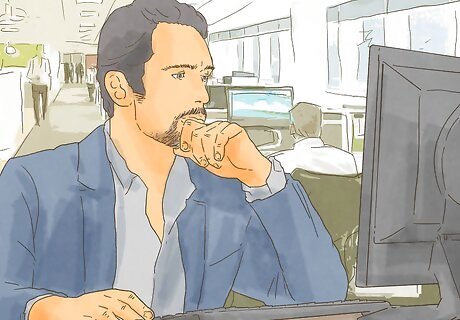
Pass all applicable knowledge tests. You cannot start until you pass all of the knowledge tests you need to obtain a commercial learner's permit (CLP). All classes require you to pass the General Knowledge Test, but Class A also requires the Combination Vehicles test. Almost every Class A and Class B vehicle has Air Brakes so you'll have to pass the Air Brakes exam to avoid an Air Brake restriction on your permit. The tests are administered on a touch-screen monitor. You can skip a question to return to it after answering the other questions. It is automatically scored so you'll know if you passed or failed when finished. The Passenger and/or School Bus endorsements include a special skills test which if passed will allow you to drive both buses and trucks. These tests can be taken to obtain your original CDL or after. A Passenger endorsement is required to drive a bus, transport at least 16 passengers, or apply for a School Bus endorsement. You must pass the knowledge test for the endorsement and skills tests to avoid restrictions on your license. A School Bus endorsement is required to drive a School Bus. You must be at least 21 years of age, have the Passenger endorsement, and pass the knowledge test for the endorsement and skills test to avoid restrictions on your license.

After passing, get your commercial learner's permit. After you pass all of the applicable tests along with your documents, you will be able to get a commercial learner's permit (CLP) that would allow you to practice driving with a person who is at least 21 years old and has the same class as yours (or higher). If you will be driving a regular Bus, both of you must have the Passenger endorsement. If it is a School Bus, a School Bus and Passenger endorsements are both required. On 21 December 2022, a commercial learner's permit (CLP) is now valid for one year (previously, it was valid for only six months). If it expires, you can renew it only one-time and you will be given six months to obtain the CDL. If it expires after renewing, you will have to pass the tests all over again.
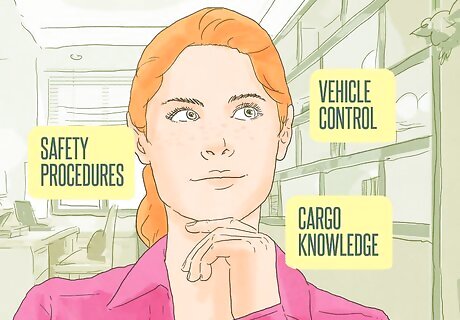
Complete the Theory Portion of Entry-Level Driver Training (ELDT). Effective February 7, 2022, you must successfully complete entry-level driver training before you're permitted to take the Skills Test (or the HazMat knowledge test if you want a HazMat endorsement). Before the new changes, you only had to wait for 14 days after obtaining your permit before you can attempt the Skills Test without having to complete any rigorous training (for HazMat, you were allowed to take the written test after you obtained your CDL without any training). The first step is to pass the theory portion which is a lecture with some videos on safety and rules regarding commercial vehicle operation and pass a quiz with eighty percent or better. Click here for a list of approved driving schools that can give you the behind-the-wheel training portion (it can be completed in-person or online as long as they're listed in the TPR registry). ELDT is required if you are: Upgrading to a Class A (if you will upgrade from Class B, the curriculum is a lot shorter because you already have knowledge of driving heavy vehicles. If you do not have Class B, you must complete the full curriculum) ELDT is also required to remove an "O" restriction for those with a Class A license even if they obtained it before February 7, 2022. An "O" restriction means you took the skills test in a smaller truck and trailer combination so you cannot drive full-size tractor-trailers. Upgrading to a CDL Class B. Adding a Passenger, School, Bus, and/or HazMat endorsement for any class of CDL (including Class C). This still applies even if you already have a CDL but not the endorsement. NOTE: If you only want a Hazardous Materials endorsement, you only need to complete the theory portion of ELDT before being allowed to take the knowledge test. You do not need to complete the next step.
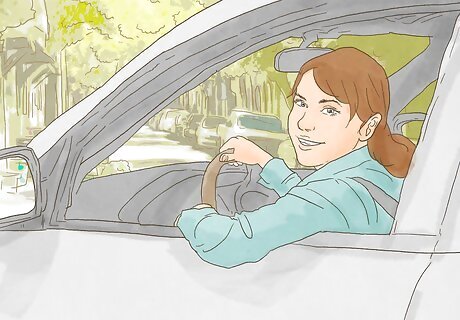
Complete the Behind The Wheel Training of ELDT. While there are no minimum hours of training required, you will learn how to control the commercial vehicle and enhance your driving skills to make you a safer and better driver. Click here for a list of approved driving schools that can give you the behind-the-wheel training portion. Unlike the theory portion, you must complete behind-the-wheel training in-person and cannot use a simulator. Once you successfully completed ELDT, your training provider will notify the DMV that you completed the required training so the DMV will allow you to take the skills test (you can schedule before completing ELDT, but if it is not completed on the day of your test, the DMV will cancel your test).
Getting your CDL
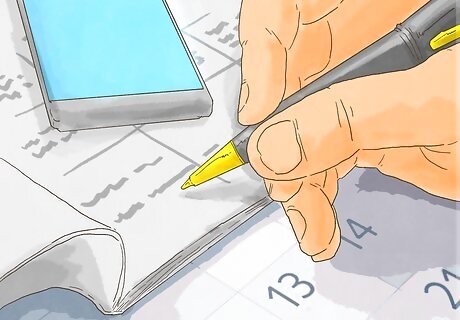
Schedule an appointment for the road test. Once you’re comfortable and confident with your road skills, you should schedule an appointment to take your road test. You can schedule the road test online at the New York DMV website. You can also schedule a road test via phone by calling 1-518-402-2100. (This number operates 24/7.) You must pay the $40 fee before you can schedule a road test. You can pay that fee in person when you apply for your CDL learner permit, or you can pay it online with a credit card. When you make the appointment, you will be required to provide the Client ID number displayed on your learner's permit and the receipt number that was given to you when you paid the road test fee.
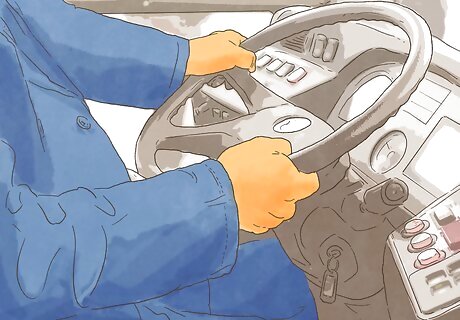
Pass the Skills Test. The Skills Test is the final step is required to get your commercial driver's license (CDL). You must schedule your Skills Test, pay a $40 fee, and arrive on time. As of 27 September 2022, New York State now allows third parties approved by the DMV, to administer the Skills Test. This means you can choose to be tested by the DMV or by an approved third-party examiner, the test is the same for both. It is recommended you go with a third party, as the DMV wait times can be very long, you will have to bring a commercial vehicle, and despite giving CDL road tests, DMV examiners are not even required to have a CDL (this means if you're stopped by a police officer during the road test, they may cite you for not having a licensed supervisor with you). For the Pre-Trip Inspection and In-Cab Inspection, you must know where every item of your bus or truck is and explain to the examiner why you would inspect it. For the In-Cab inspection, you must know how to test your Air Brakes. The examiner may ask you to do a full inspection (where you must inspect the entire vehicle) or only a portion (they may ask you only to inspect under the hood, or from the door to the rear of the vehicle). For Class A, click here to see a demonstration. For Class B, click here to see a demonstration. For Buses, click here to see a demonstration. For the Basic Vehicle Control, you will be asked to back a bus or truck in a straight line without hitting the cones along with two different maneuvers that will be decided by your examiner. It may be an offset (right or left), parallel parking (right or left), or the most challenging alley docking. Except for the straight line backing, you are allowed to pull up or get out of the vehicle up to two times (after with penalty) without being penalized to get a better glance or position. Click here to see what a Straight Line Backing looks like. Click here to see what an offset backing looks like. Click here to see what parallel parking looks like. Click here to see what alley docking looks like. For the Road Test, you will be asked to drive on public roads and highways. Your examiner will evaluate how you make turns, judgments, or use your signals. Any error will result in points. Too many points will result in a failure. You must pay attention to the signs because the examiner may ask you what the sign said as part of your test. The examiner will also ask you to complete a railroad crossing and in the middle of the test, stop at a safe location to see how far you are from the curb. They may also ask you how much the bus or truck weighs, the height, or the width.

Wait one business day after passing your road test before visiting the DMV office. After you pass the road test, you will receive a "Road Test Results" Receipt. However, as of May 23, 2014, this no longer gives you permission to drive. You must wait one day before visiting a DMV office with this receipt to pay for and receive your Commercial Driver License document. The New York DMV no longer issues 10-day temporary license documents. You will get a temporary CDL valid for 90 days that you can use until your photo CDL arrives by mail. It should arrive within 3-4 weeks. Bring your Medical Examiner's Certificate every time you visit the DMV regarding your CDL to avoid processing delays.

Keep your license up-to-date. The requirements for renewing your CDL are the same as for renewing a regular driver license except for the medical certification requirements. You must present your medical certificate each time you renew your license. You can’t renew a CDL online. In New York, driver licenses expire on your birthday. The DMV will send you a renewal notice about 50 days before the expiration date, along with a self-certification form for your driving type (Excepted or Non-Excepted). You can renew your CDL up to one year before it expires. If you renew your license before it expires, you don’t have to take the written or road test again.










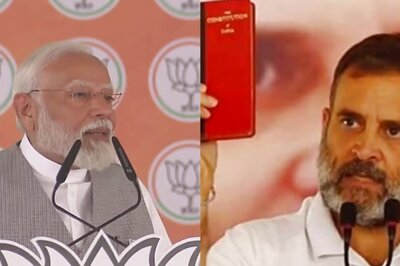






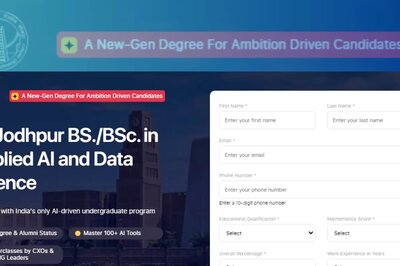

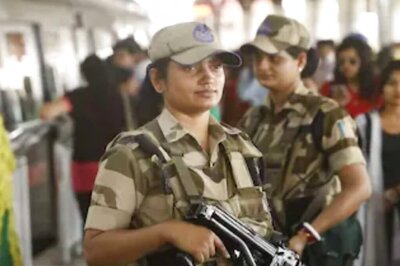
Comments
0 comment